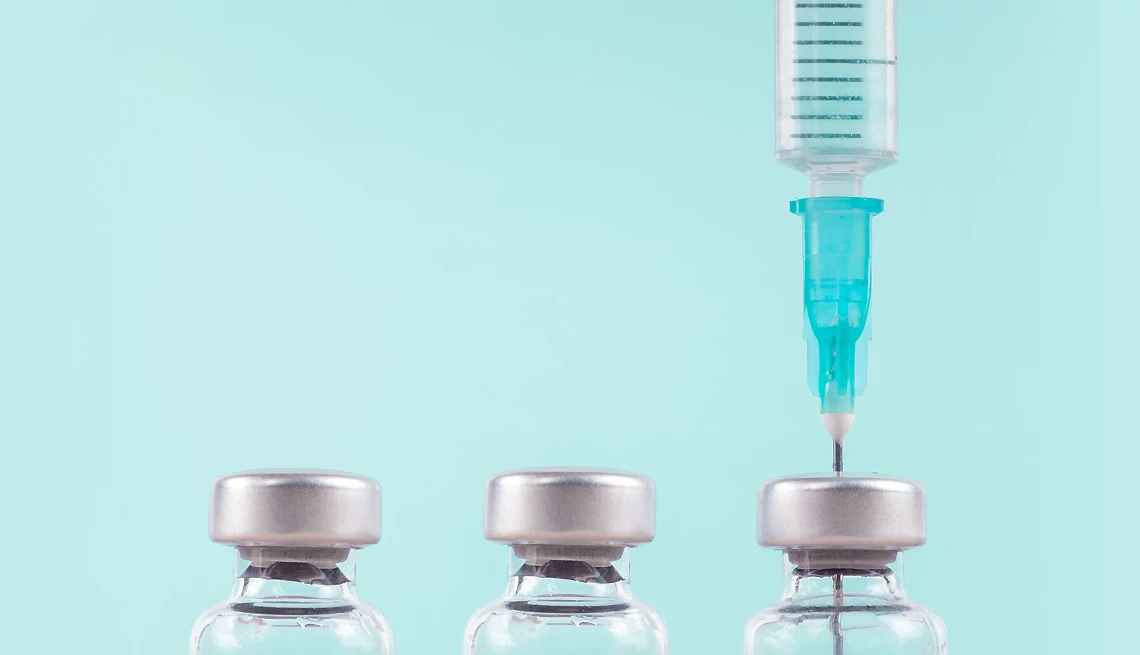Staying Fit


More than 10 million Americans with Medicare received a free vaccine in 2023 under a prescription drug law passed in 2022 that eliminates cost sharing for certain vaccines covered under Part D. That’s an increase from 3.4 million who received covered vaccinations in 2021, data from the U.S. Department of Health and Human Services (HHS) shows, and a savings of more than $400 million in out-of-pocket costs for shots that historically were subject to cost sharing — a barrier to vaccine uptake.
Vaccines covered under Part D include shots for conditions that can be especially burdensome for older adults, including shingles and respiratory syncytial virus. RSV sends as many as 160,000 older adults to hospitals each year and kills as many as 10,000, according to the Centers for Disease Control and Prevention.


AARP Membership— $12 for your first year when you sign up for Automatic Renewal
Get instant access to members-only products and hundreds of discounts, a free second membership, and a subscription to AARP the Magazine.
A vaccine for RSV was first approved for adults 60 and older in the summer of 2023, and roughly 6.5 million Part D enrollees received it for free that year. A study published in the journal Clinical Infectious Diseases found that the RSV vaccine could cut hospitalizations and deaths in the older population by about 60 percent if its uptake is similar to that of the flu shot.
Nearly 4 million enrollees received a free shingles vaccine in 2023, the federal report found, up from 2.7 million who received the shot in 2021. Shingles sends far fewer adults to the hospital compared with RSV but nevertheless can be serious and even life-threatening — especially for older individuals and people with compromised immune systems.
“Free vaccines are life-changing and lifesaving for millions of Americans’ health and their wallets,” HHS Secretary Xavier Becerra said in a statement.
Inoculations for Tdap — which protects against tetanus, diphtheria and pertussis — and hepatitis A and B can also fall under Part D.
“High out-of-pocket costs prevented far too many older Americans from getting recommended vaccines,” says Leigh Purvis, prescription drug policy principal in AARP’s Public Policy Institute. “The new prescription drug law removes this obstacle and will help protect the health of millions of Medicare beneficiaries.”



































































More on Health
These Are the 8 Vaccines You Need After 50
Are you up to date on all the recommended vaccines?
Why You Should Get the Pneumococcal Vaccine
It’s recommended for older adults. Have you had one yet?
Which Vaccines Are and Are Not Covered by Medicare?
Part B or D cover these shots without copayments
Try These Tips for Living a Healthier Life
Small changes can add up to big mental and physical results
Recommended for You